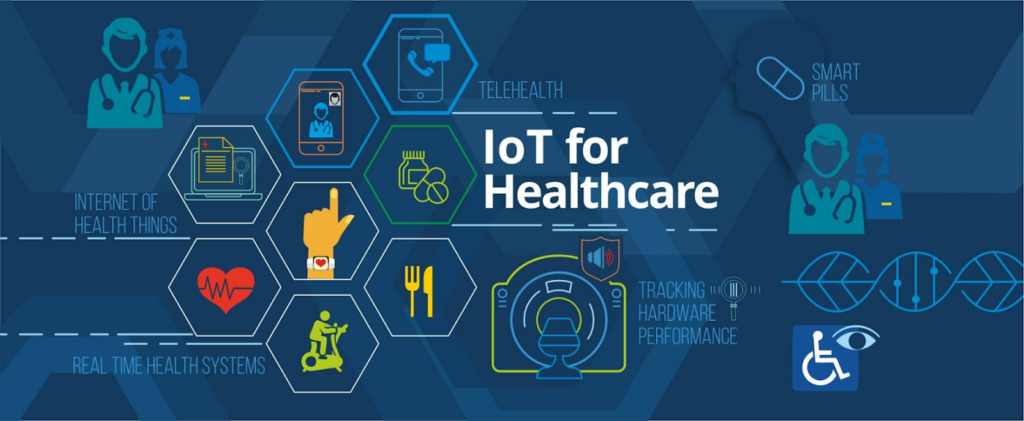Various analytical tools are used to analyze data in the medical area, thanks to which it is easier to make decisions based on facts. These methods later help in planning, measuring, designing, and educating. Now the global health service is suffering from shortages among doctors and nurses who make primary care. As a result, already overworked specialists have to perform their duties even faster. Unfortunately, the situation is predicted to be even more difficult over the next few years, here the only right solution is to analyze the data and design a system that will make the process easier.
The benefits of analyzing medical data can be: faster delivery of results, making permanent changes, and later designing a new process that will be better, reducing the risk and the number of errors. The first step may be to introduce appropriate programs and artificial intelligence to the health system, which in the future may take on some of the responsibilities. These tools can absorb huge amounts of information and learn from many different types of data.

Research-based on:https://www.ibm.com/pl-pl/watson-health/learn/healthcare-analytics
